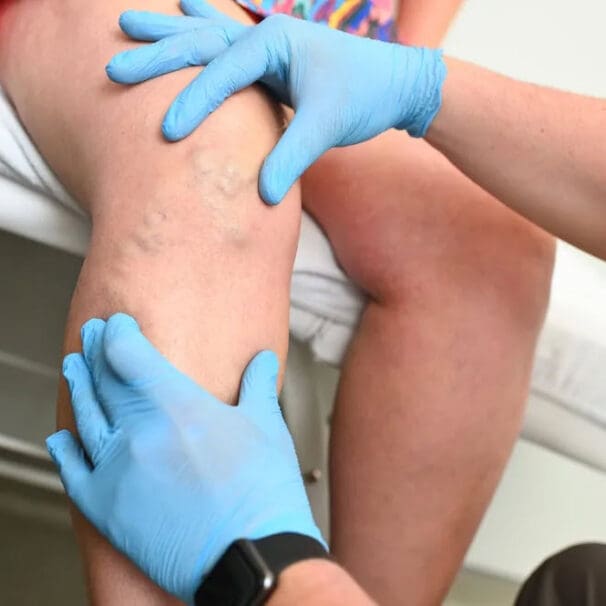HealthProviders DB is a comprehensive database of healthcare providers, including a complete directory of all Phlebology Physicians.
Physician Healthcare Taxonomy Code 202K00000X
As of today, the following are the total number of Phlebology Physicians nationally, in your state, and near your location.
Select the State to show the list of Phlebology Physicians by State. In addition, you can also narrow the list by City and more from the filter panel.
Alaska – Alabama – Armed Forces Pacific – Arkansas – American Samoa – Arizona – California – Colorado – Connecticut – District of Columbia – Delaware – Florida – Federated States of Micronesia – Georgia – Guam – Hawaii – Iowa – Idaho – Illinois – Indiana – Kansas – Kentucky – Louisiana – Massachusetts – Maryland – Maine – Marshall Islands – Michigan – Minnesota – Missouri – Northern Mariana Islands – Mississippi – Montana – North Carolina – North Dakota – Nebraska – New Hampshire – New Jersey – New Mexico – Nevada – New York – Ohio – Oklahoma – Oregon – Pennsylvania – Puerto Rico – Palau – Rhode Island – South Carolina – South Dakota – Tennessee – Texas – Utah – Virginia – Virgin Islands – Vermont – Washington – Wisconsin – West Virginia – Wyoming
Medicare
The following are the total number of Phlebology Physicians who accept Medicare in your state, the number who have opted out of Medicare, and the total number excluded from participation in Medicare nationwide.
You can download the Phlebology Physicians dataset using HealthProviders DB Export.

What do Phlebology Physicians do?
Phlebology is the medical discipline that involves the diagnosis and treatment of venous disorders, including spider veins, varicose veins, chronic venous insufficiency, venous leg ulcers, congenital venous abnormalities, venous thromboembolism, and other disorders of venous origin.
A phlebologist has attained a minimum of 50 hours of CME units in phlebology-related courses.
It is knowledgeable of and trained in a variety of diagnostic techniques, including physical examination, venous imaging techniques such as duplex ultrasound, CT, and MR, plethysmographic techniques, and laboratory evaluation related to venous thromboembolism.
The phlebologist is also trained in a variety of therapeutic interventions, including compression, sclerotherapy, cutaneous vascular laser therapy, endovenous thermoablation procedures (laser and radiofrequency), endovenous chemical ablation, surgical procedures (e.g., ambulatory phlebectomy, venous ligation), vasoactive medications, and the management of venous thromboembolism.

